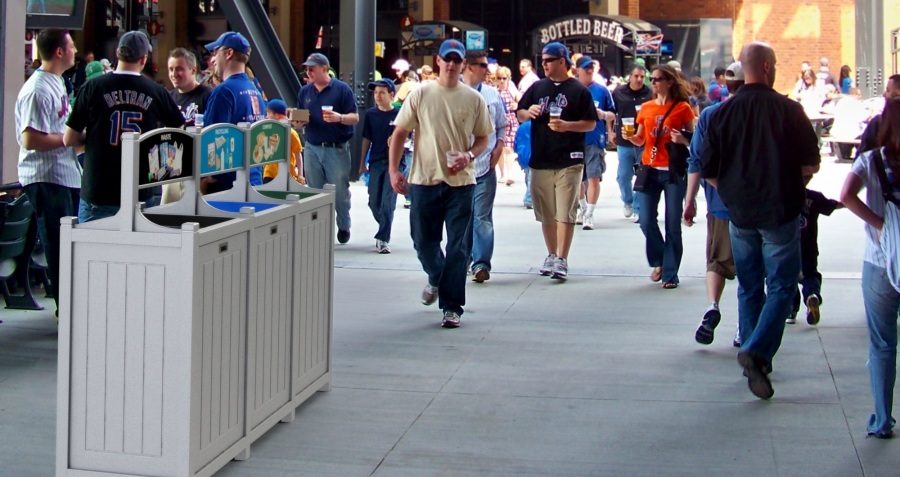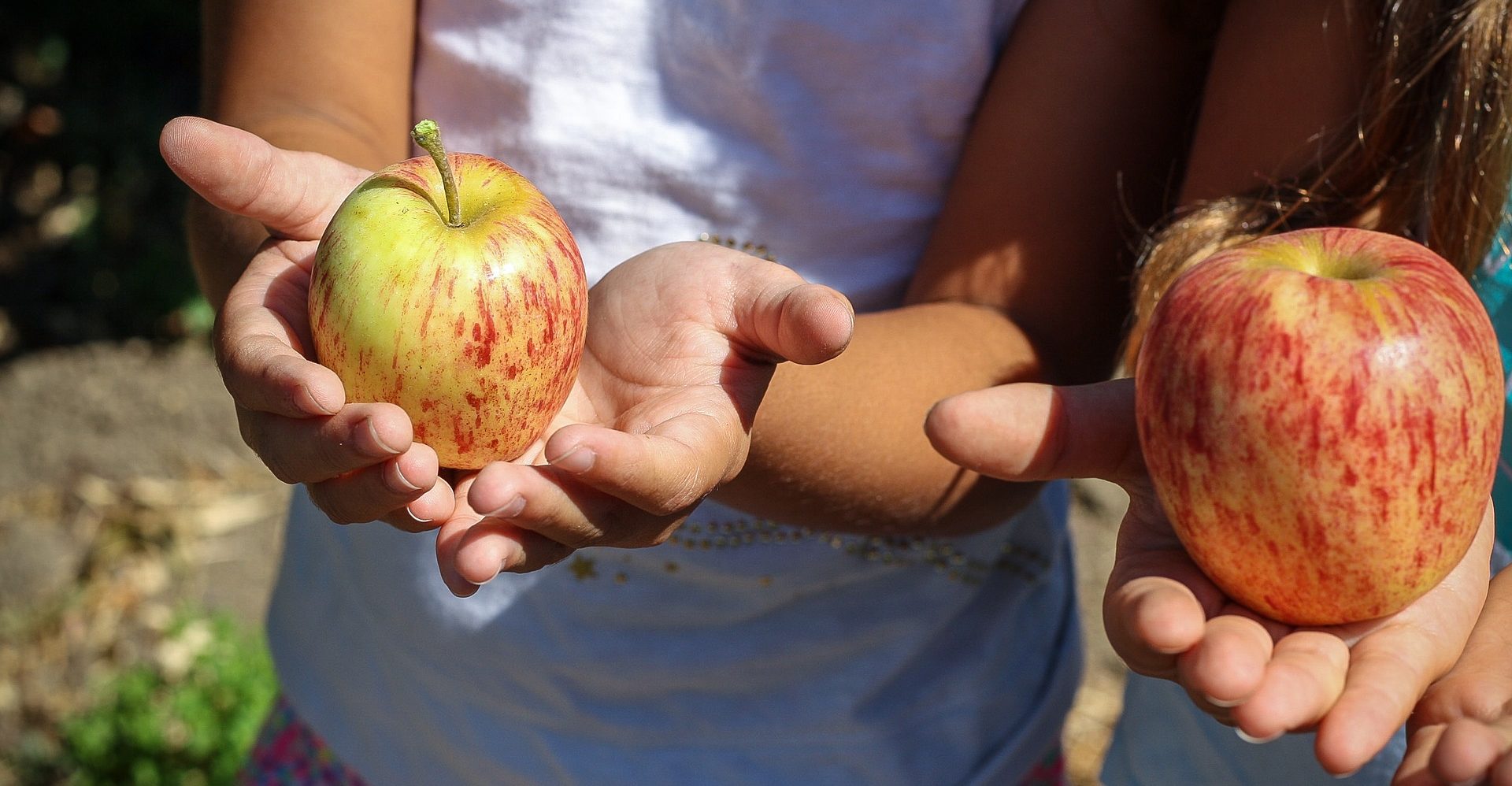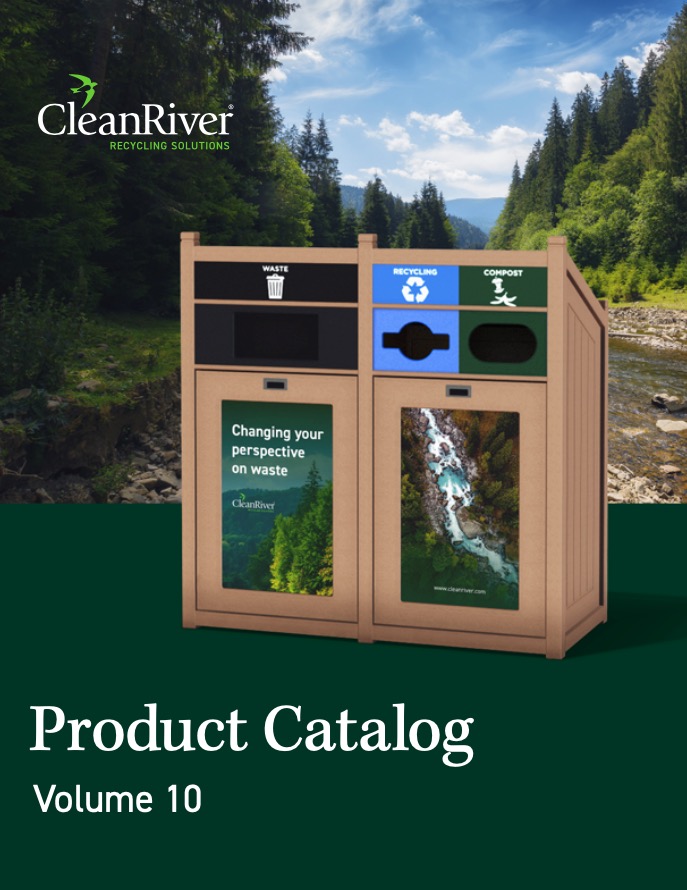Share
IFMA (International Facility Management Association) states that Environmental Stewardship and Sustainability is one of the top 3 core competencies for facility managers.
Here’s 8 tips to help you implement a recycling program that positively impacts your bottom line, and the environment. |
|---|
1. Conduct a waste audit.
A waste audit helps you determine the volume and type of waste generated in each area of your facility. It also helps you identify whether you have any specialized collection requirements. For example, in healthcare facilities, you may have syringes, hypodermic needles or empty drug containers that need collecting for responsible disposal. These items would obviously require a different collection method to something that’s not hazardous to health such as aluminum cans or plastic water bottles.
Depending on the size of your facility you can either outsource a consultant to conduct your waste audit, or you can do this yourself with the help of a team of employees or volunteer students.
2. Optimize your waste hauler schedule and save money.
Dust off your waste hauling contract and have a good read through it. Often when you look into your contract you’ll find you’re paying for a service frequency that you don’t need. Check your dumpsters if they’re not full when collected, change your collection schedule to meet your demand. This can make a significant impact on cost savings.
Also talk to your hauler about which recyclable items they can collect. This all depends on the recycling services that are available in your region. Knowing all the options for collection will help you design your recycling program effectively.
3. Identify your collection requirements
Select a capacity depending on the volume of waste you generate. Also, determine how many bins you need for both indoor and outdoor placement.
You will need to consider whether customization will be required due to a specialized collection, or whether you need to pest-proof them for parks and open spaces.
Also take into consideration your foot traffic. In stadiums and arenas for example where there are a high number of people in one place, you need a container that can be accessed from both sides to work with the traffic flow.
Schools and office buildings often require fire resistant containers with a narrow footprint. If you have a bottle return program in your region your containers will require locks to prevent the theft of valuable recyclables.
4. Use high-impact graphics.
Recycling posters and stream labels are critical for success. There aren’t any national standards for stream colors so we recommend using colors and images that are commonly used in your region. Certain cities and municipalities have launched their own recommended graphics such as Metro Vancouver [insert link] and New York City [link].
A recent study by the University of Toronto saw a diversion rate increase of 163% when they used images on their posters compared to text alone. A high school pilot study also saw a significant increase of 71% in their diversion rate when they used high-impact recycling posters with graphics of facility-specific waste.
5. Culture drives change.
Culture is the number one driver of a successful recycling program. It needs to be driven from the top down. Senior management buy-in helps get everyone else in the organization on board.
It also helps to include peers from different departments when designing the recycling program. Custodial team input is especially valuable as they are on the front lines. They can inform you of any current frustrations or issues that could be avoided in a redesigned program.
Little Rock Zoo and Black & McDonald discovered when they involved people from all areas in the facility it helped build a better program. People were motivated to participate and they take ownership of the results.
6. Set realistic goals.
Pick the low hanging fruit. You want to set goals that are achievable so that you motivate and inspire your community to recycle more waste.
The waste audit identifies your biggest opportunities for recycling. There may be a large volume of paper from your office buildings ending up in the trash. Or a high number of pop cans and water bottles in your lunch room or cafeteria.
Target these items first. When you repeat your waste audit in a few months, it will identify the next items that you should be diverting from the waste stream. You can then introduce those into your program.
Just remember to update your recycling posters and steam labels to reflect any new items that are being collected in your recycling or composting program.
7. Communication is key.
Even if you’ve been recycling for a while, it’s recommended that you have a relaunch to remind people of where the bins are and what can be recycled. You then need to sustain the communication through monthly meetings or competitions to keep the program top of mind.
Here’s what you need to tell people:
- The location of the recycling bins, especially if you have a centralized recycling program
- What goes into each stream – use high-impact graphics to reinforce the message
- Your diversion rate goals to help motivate and engage
- Provide feedback on how the program is doing so people know their efforts are paying off
8. Train your team.
Before you launch your recycling program take the time to train your team. When Black & McDonald launched their new recycling program their waste hauler gave a presentation and guidance to the custodial team. They learned how to effectively dispose of the waste in the back-of-house bins. The Facility Manager also created a simple communication system for the weekend and evening custodial staff to provide feedback or suggestions to improve the program.
The Langley Events Centre trained all their staff before launching their zero waste program. This empowered staff to feel comfortable in coaching fans on how to use the zero waste stations effectively on game days. As a result, they increased their diversion rate and reduced their hauling costs by 50%.
Make sure you regularly monitor your recycling program to identify areas for improvement. At CleanRiver we conduct quarterly waste audits to measure how we are doing and where we can improve.
For more information on how to effectively set up a recycling program please call us at 1-888-646-4246 or email solutions@cleanriver.com.
Facility Manager’s Must-have Guide ( Free Download)A How-To Guide for Waste Audit SuccessTop tips from Bruce Buchan, CleanRiver CEO, who has conducted over 200 client waste audits.
|
|---|









